Each year, fire destroys over $18 billion in property value. With the growing awareness of fire and life safety, including the additions of city, state and federal laws, Croker has established itself as the industry's leading service company for fire and emergency preparedness.
Learn More About

Fire Prevention Week marks the anniversary of the Great Chicago Fire of October 8-9 1871. That blaze, which raged for several days, claimed more than 250 lives and destroyed more than 17,400 structures. Like later major fire tragedies such as the 1911 Triangle Shirtwaist factory fire in New York (145 fatalities) and the 1942 fire in Boston’s Cocoanut Grove nightclub (491 dead), the 1871 Chicago Fire prompted much-needed reform by focusing attention on fire prevention and fire safety.
In 1911, to commemorate the 40th anniversary of the Chicago Fire, the Fire Marshals Association of North America proclaimed the nation’s first Fire Prevention Day to promote public awareness of fire safety. Fire-awareness programs and parades were held throughout America.
In 1925, president Calvin Coolidge declared Fire Prevention Week an official national observance. Ever since, the Sunday through Saturday period containing the October 9 anniversary of the Chicago Fire has been the focus of an annual fire-safety-awareness campaign sponsored by the National Fire Protection Association.
Reference: National Fire Protection Association (NFPA)

National Preparedness Month marks the anniversary of the tragedies of September 11, 2001. Since the 9/11 terrorist attacks, our nation has taken great measures to better prepare for unforeseen emergency situations that may arise at any given time.
Since its inception in 2004, National Preparedness Month presents a month-long nationwide campaign to promote emergency preparedness and focuses on prevention, protection, response and recovery efforts for all hazards, including terrorist attacks and natural disasters.
Throughout the month of September, families, companies and communities are encouraged to be aware as to the importance of being prepared by developing and/or reviewing disaster plans and procedures, scheduling and conducting fire/emergency disaster drills, gathering supplies and staying informed.
 Croker is a long-standing partner with New York City’s Office of Emergency Management’s (OEM) Partners in Preparedness program. This nationally recognized program supports organizations in preparing their employees, services, and facilities for emergencies.
Croker is a long-standing partner with New York City’s Office of Emergency Management’s (OEM) Partners in Preparedness program. This nationally recognized program supports organizations in preparing their employees, services, and facilities for emergencies.

Fire and Life Safety Related Websites
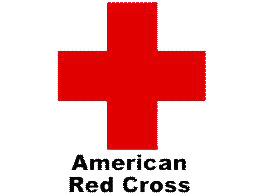 AMERICAN RED CROSS www.redcross.org |
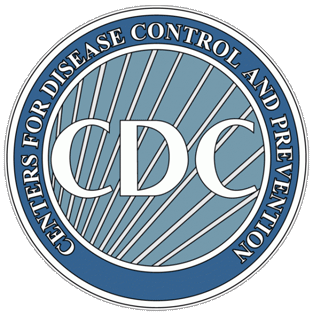 CENTER FOR DISEASE CONTROL AND PREVENTION (CDC) www.cdc.gov |
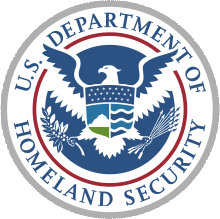 DEPARTMENT OF HOMELAND SECURITY (DHS) www.dhs.gov |
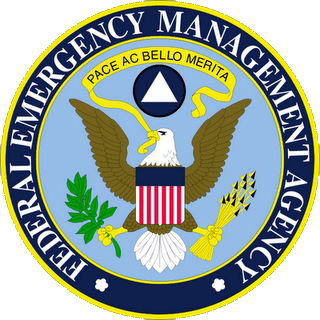 FEDERAL EMERGENCY MANAGEMENT AGENCY (FEMA) www.fema.gov |
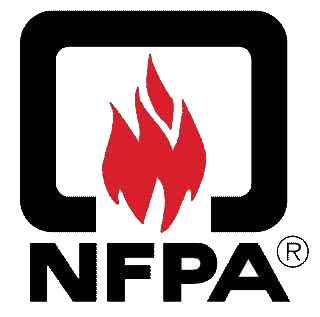 NATIONAL FIRE PROTECTION ASSOCIATION (NFPA) www.nfpa.org |
 NATIONAL HURRICANE CENTER www.nhc.noaa.gov |
 NATIONAL WEATHER SERVICE www.nws.noaa.gov |
 NEW YORK CITY FIRE DEPARTMENT (FDNY) www.fdny.org or www.nyc.gov/fdny |
 OCCUPATIONAL SAFETY & OCCUPATIONAL SAFETY &HEALTH ADMINISTRATION (OSHA) www.osha.gov |
Emergency Management Agencies
 CONNECTICUT DIVISION OF EMERGENCY MANAGEMENT AND HOMELAND SECURITY www.ct.gov/demhs |
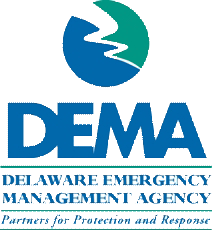 DELAWARE EMERGENCY MANAGEMENT AGENCY www.dema.delaware.gov |
 DISTRICT OF COLUMBIA DISTRICT OF COLUMBIAHOMELAND SECURITY AND EMERGENCY MANAGEMENT AGENCY www.hsema.dc.gov |
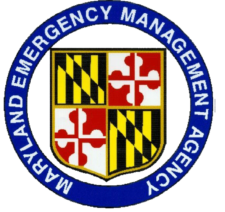 MARYLAND MARYLAND DEPARTMENT OF EMERGENCY MANAGEMENT www.mema.state.md.us |
 MASSACHUSETTS MASSACHUSETTSEMERGENCY MANAGEMENT AGENCY www.mass.gov/orgs/massachusetts-emergency-management-agency |
|
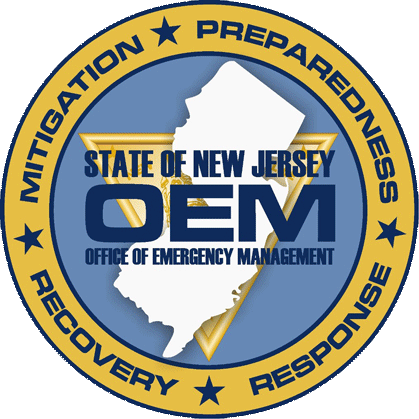 NEW JERSEY NEW JERSEY OFFICE OF EMERGENCY MANAGEMENT www.ready.nj.gov |
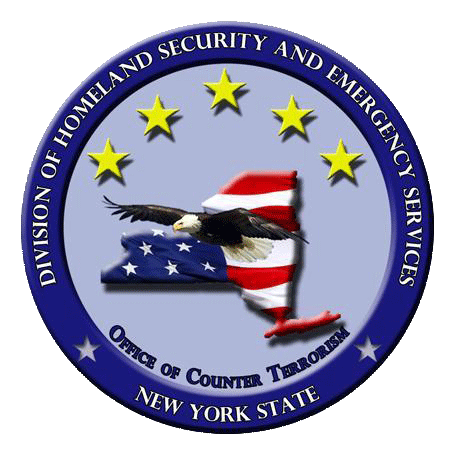 NEW YORK DIVISION OF HOMELAND SECURITY AND EMERGENCY SERVICES www.dhses.ny.gov |
|
|
 PENNSYLVANIA PENNSYLVANIA EMERGENCY MANAGEMENT AGENCY www.pema.pa.gov |
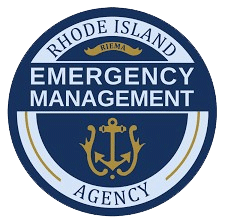 RHODE ISLAND RHODE ISLANDEMERGENCY MANAGEMENT AGENCY www.riema.ri.gov |
 VIRGINIA VIRGINIADEPARTMENT OF EMERGENCY MANAGEMENT www.vaemergency.gov |
Member / Associations
(Including but not limited to)
 BUILDING OWNERS AND MANAGERS ASSOCIATION www.boma.org |
 REAL ESTATE BOARD OF NEW YORK (REBNY) www.rebny.com |
Note: All logos and images represented on this page are the exclusive property of the corporations, organizations and/or agencies listed.
THANK YOU FOR YOUR INTEREST IN FIRE AND LIFE SAFETY.
© 2024 Croker Fire Drill Corporation / Croker Fire Safety Corporation / Croker Fire & Life Safety Institute. All Rights Reserved.